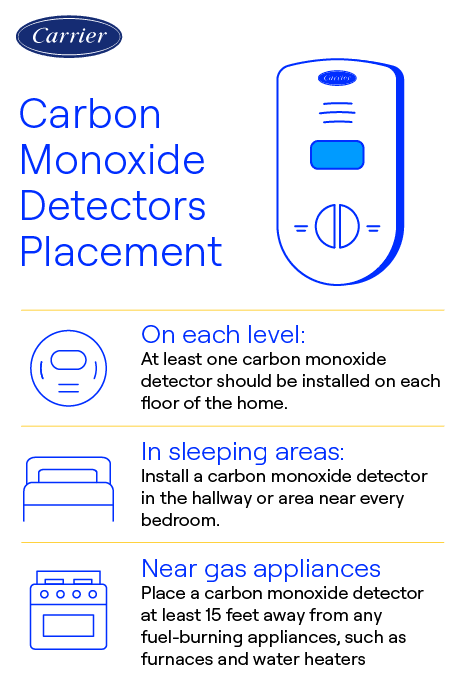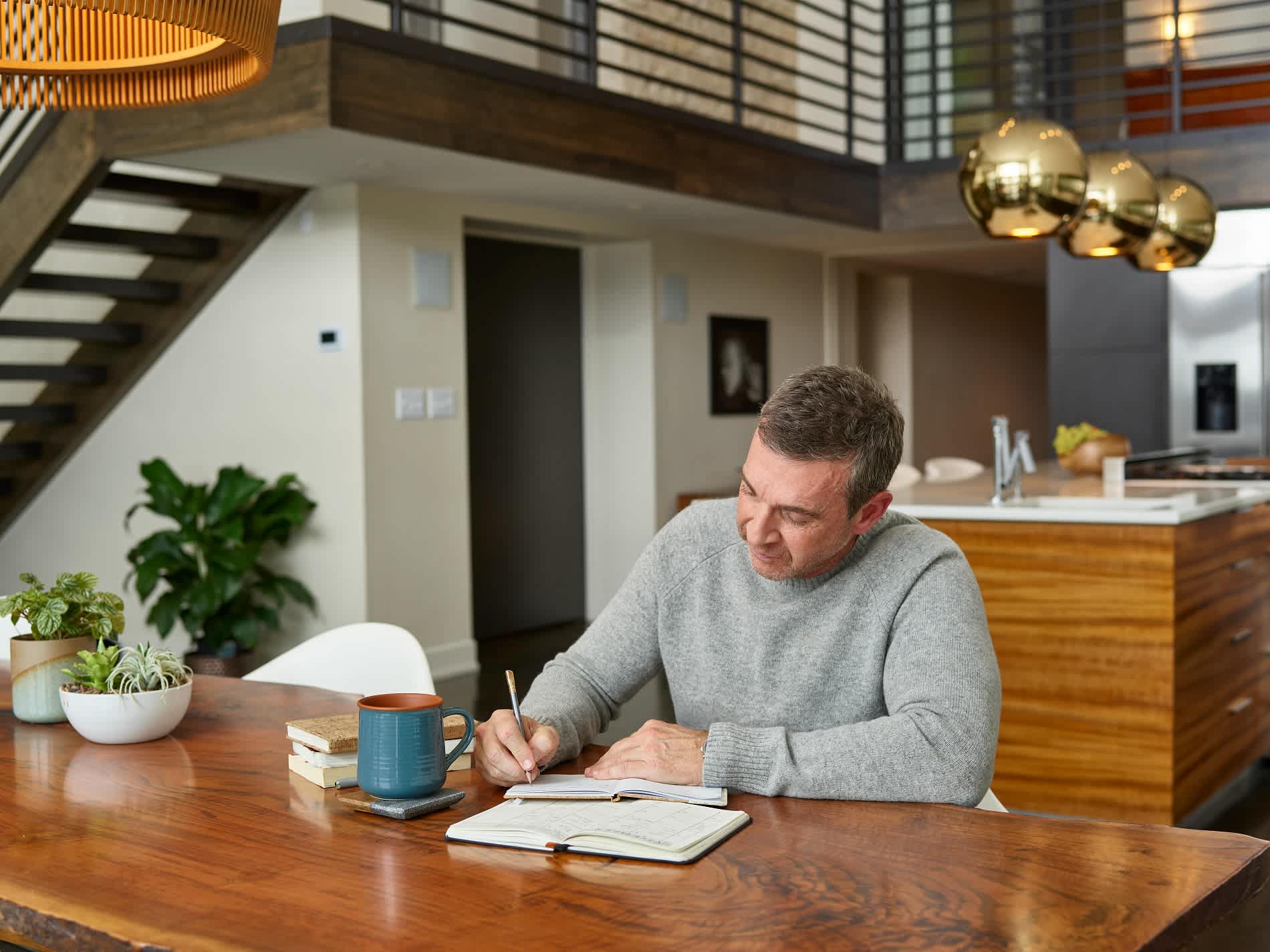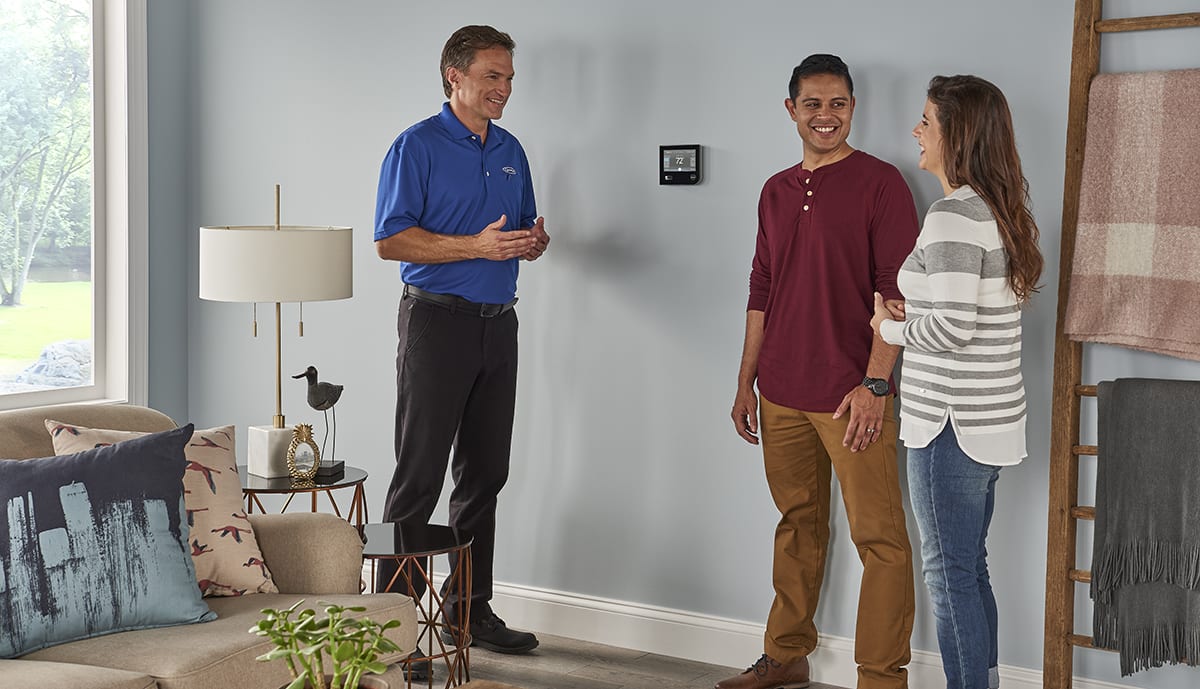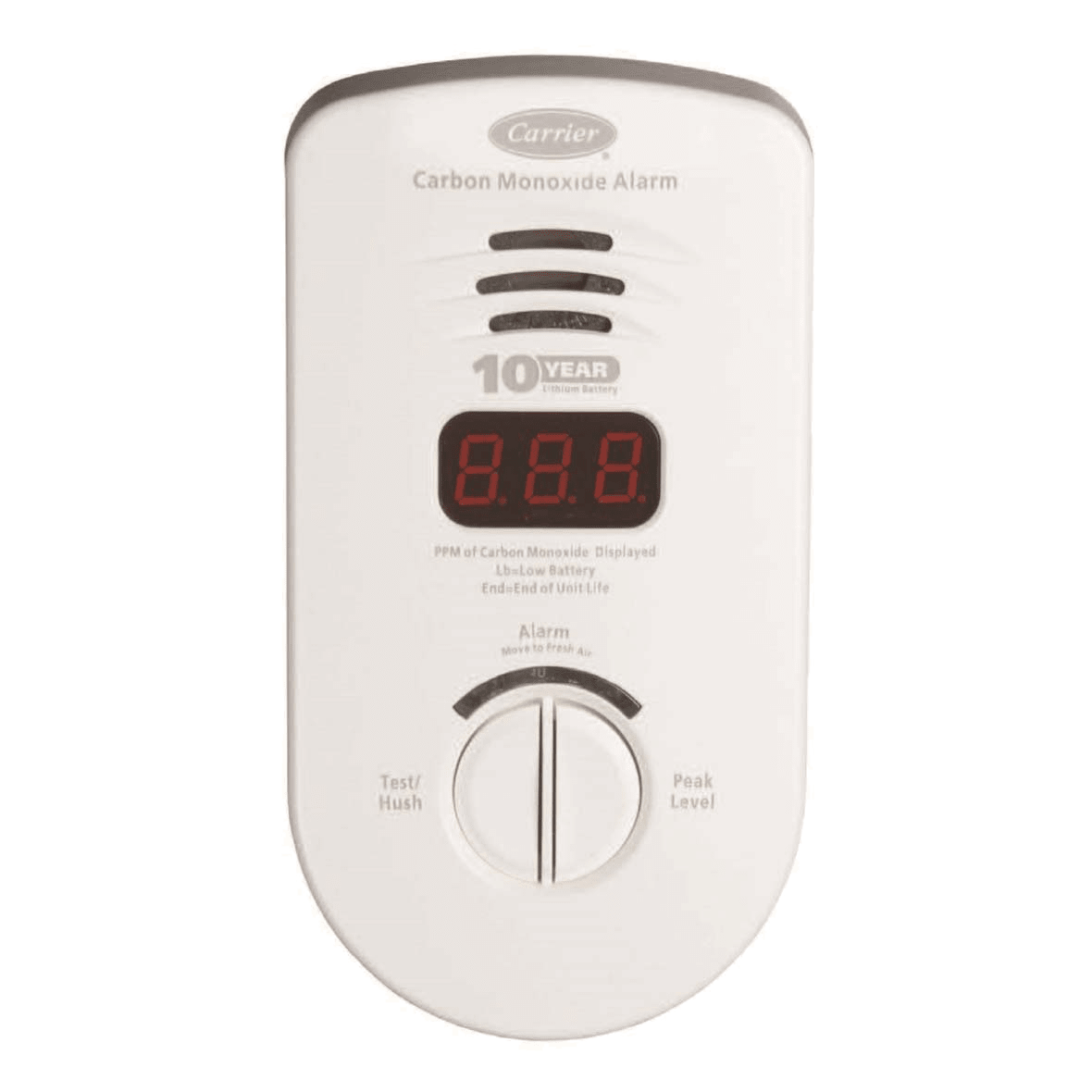Best Carbon Monoxide Detector Placement
By Travis Baugh
Carbon monoxide (CO) is an invisible, odorless gas found in fumes produced any time you burn fuel in cars or trucks, stoves, grills, fireplaces, gas ranges, furnaces, and more. Because it is extremely harmful to people and animals who breathe it in, placing carbon monoxide detectors in your home is an important step to protecting yourself and your family.
View carbon monoxide detectors
Guide On Where To Install Carbon Monoxide Detector in Your Home

The best place to put a carbon monoxide detector in your home is on each level of the home, inside or near each bedroom, and near an attached garage. If you are only able to install one detector, place it outside the main bedroom. Continue reading for more information about where to place and where to avoid placing CO detectors.
Carbon Monoxide Detector Placement: Where To Put A Carbon Monoxide Detector
Wondering where to put a carbon monoxide detector? Placement of carbon monoxide (CO) detectors is recommended in the following locations:
- On each level of the home: In multi-level homes, place at least one carbon monoxide detector on each level, including the basement.
- Inside or near each bedroom: Ideally CO detectors are placed inside each bedroom for homes with forced-air heat powered by a gas or propane furnace. If not inside, install near bedrooms and ensure that you can hear the alarm in all sleeping areas.
- Near an attached garage: Garages are common sources of CO from vehicle emissions and gas-powered equipment such as lawn mowers, snow blowers, generators, or tools that can produce CO when operated.
-
![a homeowner writes down where should carbon monoxide detectors be placed a homeowner writes down where should carbon monoxide detectors be placed]()
-
Where Should Carbon Monoxide Detectors Be Placed Within A Room
Position CO detectors at knee level, aligning with the height of a sleeping person's nose and mouth, as carbon monoxide rises with warm air. Ensure the detector is at least five feet above the ground, away from potential obstructions like curtains or furniture. If there are concerns about children or pets interfering with the carbon monoxide detector, relocate them to chest height or place them in inaccessible areas. Additionally, ensure the alarm is sufficiently loud to awaken you in case of an emergency.
Where NOT to put a carbon monoxide detector
Just as it is important to know where should carbon monoxide detectors be placed, it is also vital to understand where you should not put your CO detector:
- Too close to fuel-burning appliances: Above or within 15 feet of potential sources of carbon monoxide, such as a fireplace or stove (or any appliance requiring fire safety)
- Humid areas: In or near humid areas, like bathrooms or saunas
- Places with too much air circulation: Next to fresh air sources like windows or outside doorways
- Places with too little air circulation: In dead-air spaces with poor air quality, such as inside walls
- Direct sunlight: In areas with direct sunlight like next to a window
What is Carbon Monoxide and Why is it Dangerous?
Carbon monoxide is dangerous because it's an odorless, colorless gas that can be deadly when inhaled. It competes with oxygen in the bloodstream, leading to oxygen deprivation in vital organs like the brain and heart. Even at low levels, prolonged exposure can cause symptoms such as headaches, dizziness, nausea, and confusion, while high levels can result in unconsciousness, brain damage, and death. Learn more about how co detectors work and what causes carbon monoxide in a house.
![a carrier dealer explains where to put carbon monoxide detector in a home a carrier dealer explains where to put carbon monoxide detector in a home]()
FAQS About Best CO Alarm Placement
Installing a CO detector typically involves these steps:
- Choose the right location: Place the detector on every level of your home, near sleeping areas, and close to fuel-burning appliances, following manufacturer guidelines.
- Mount the detector: Install the detector on a wall at knee level, above the ground and away from obstructions.
- Test the detector: Test the detector to ensure it's functioning properly by pressing the test button.
- Power the detector: Install batteries or connect the detector to a power source, following the manufacturer's instructions.
- Monitor and maintain: Regularly check the detector for dust or debris, replace batteries as needed, and test the unit monthly to ensure it continues to work effectively. Refer to manufacturer instructions on the life of the CO alarm. Most sensors only last about 10 years and need to be replaced after that.
The number of carbon monoxide detectors needed depends on the size and layout of your home. It's generally recommended to have at least one detector on every level of your home, including the basement and near sleeping areas. Additional detectors may be necessary for larger homes or if there are multiple fuel-burning appliances. Follow manufacturer guidelines for specific recommendations based on your home's layout and size. Learn more on our why do I need a carbon monoxide detector page.
Carbon monoxide detectors are typically recommended to be placed at knee height. This is because carbon monoxide mixes with air and rises with warm air.
The best place to put a carbon monoxide detector is on every level of your home, including near sleeping areas and close to fuel-burning appliances such as furnaces, water heaters, and stoves. Install the detector on a wall at knee height and away from potential obstructions like curtains or furniture. This placement maximizes the detector's effectiveness in detecting carbon monoxide leaks. Where to place a carbon monoxide detector is important to avoid false alarms caused by factors like proximity to fuel-burning appliances
Yes, it's recommended to place a carbon monoxide detector at least 15 feet away from furnaces to avoid nuisance alarms. Furnaces can be a common source of carbon monoxide leaks. Installing a detector near the furnace ensures early detection of any carbon monoxide emissions, providing timely warnings to prevent exposure and keep your household safe.
Explore Carrier Carbon Monoxide Alarms
Choose a Carrier carbon monoxide alarm for peace of mind and enhanced safety in your home. This reliable alarm detects dangerous levels of carbon monoxide, a colorless, odorless gas, and alerts you immediately to protect your family from potential poisoning. Easy to install and with advanced sensor technology, Carrier carbon monoxide alarms offer accurate and timely detection.
Conçue pour vous avertir lorsque des niveaux dangereux de monoxyde de carbone sont présents dans votre maison.
Learn More About CO Alarms
- What Are Carbon Monoxide Detectors, and How Do They Work?
- What To Do If My Carbon Monoxide Alarm Goes Off
- What Causes Carbon Monoxide In A House?
- How Many Carbon Monoxide Detectors Do I Need?



